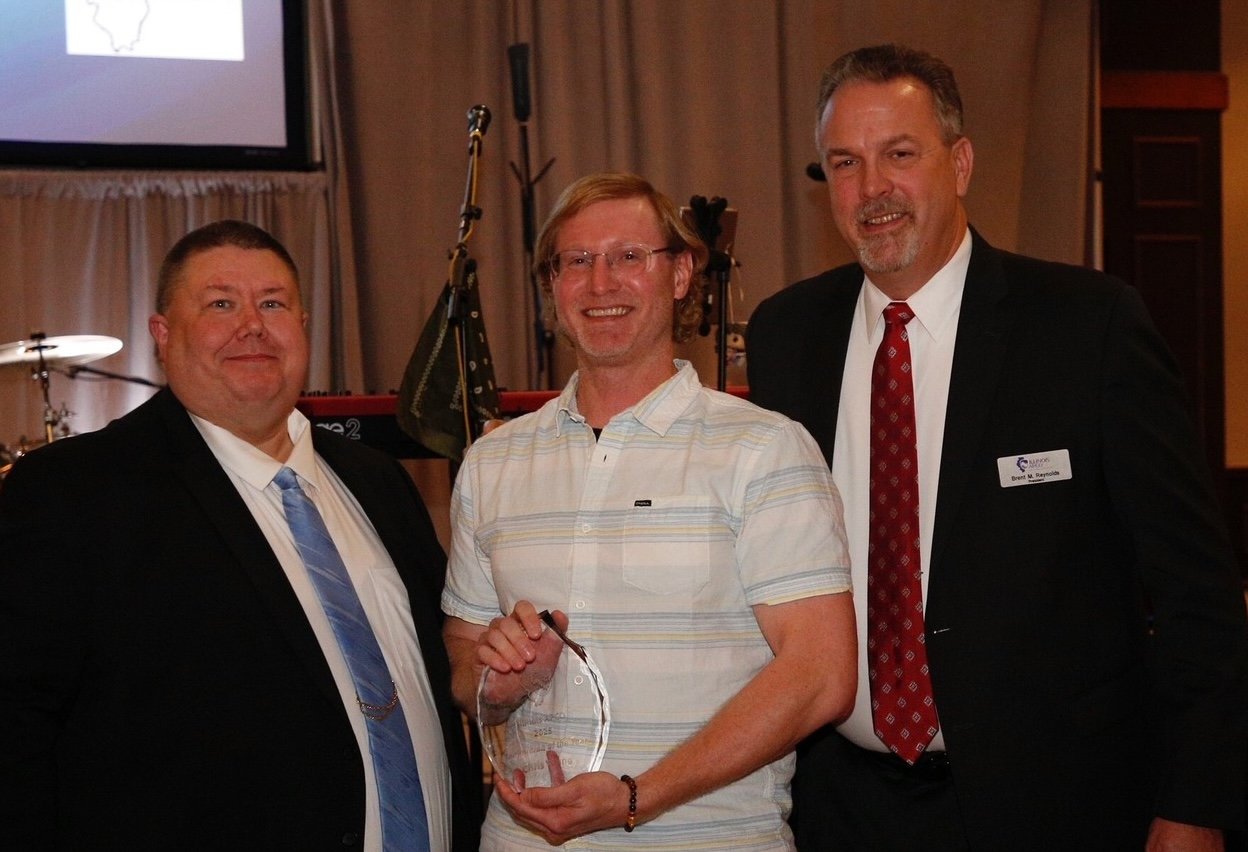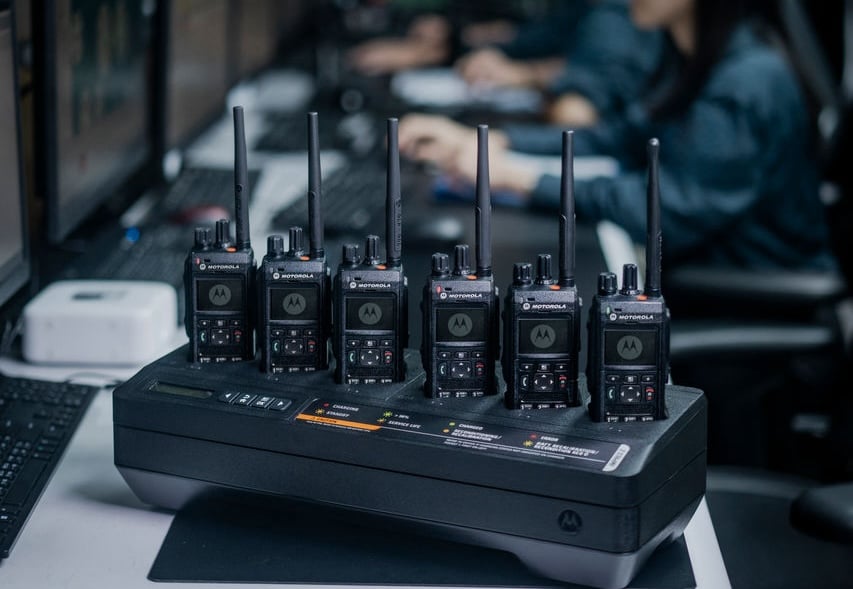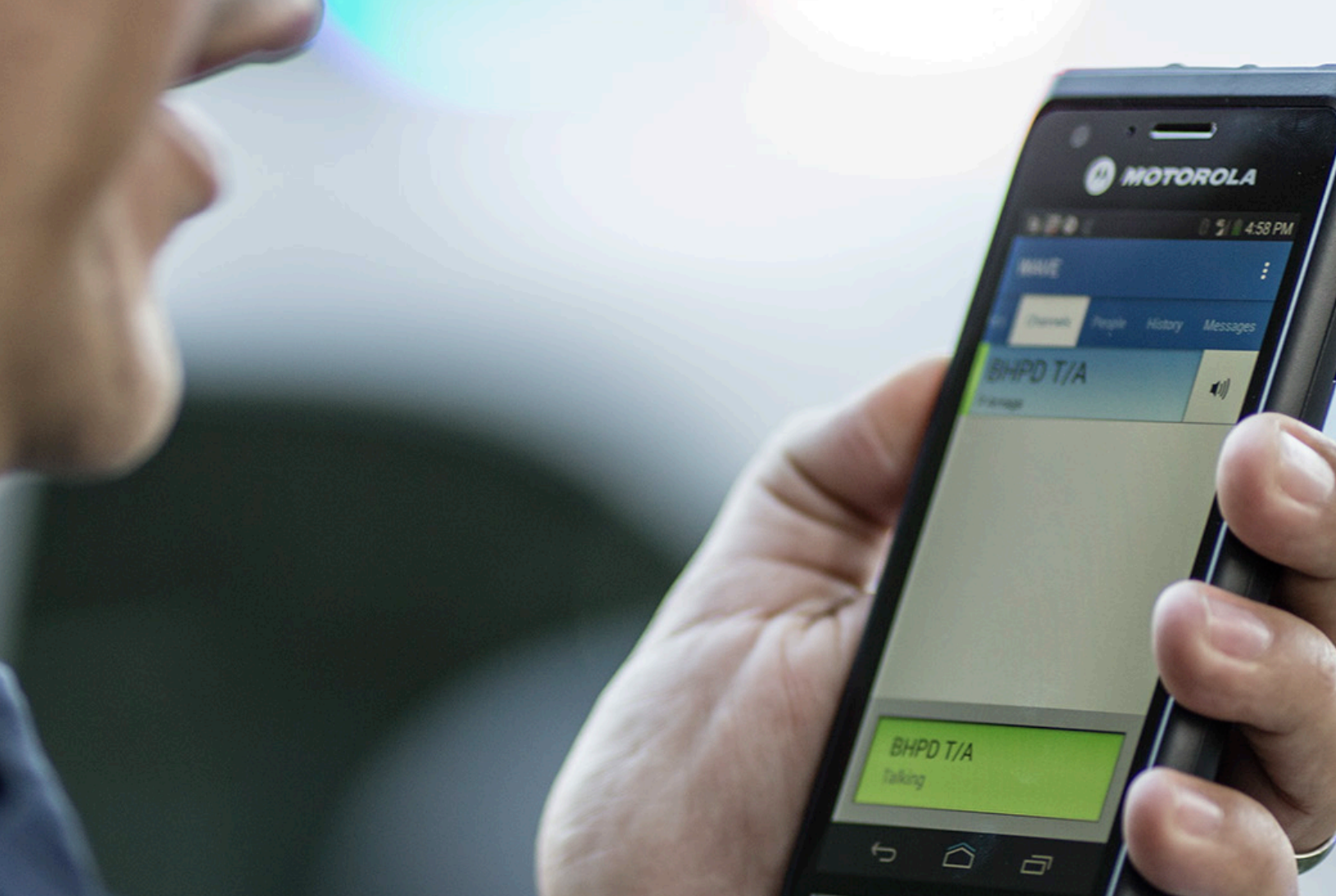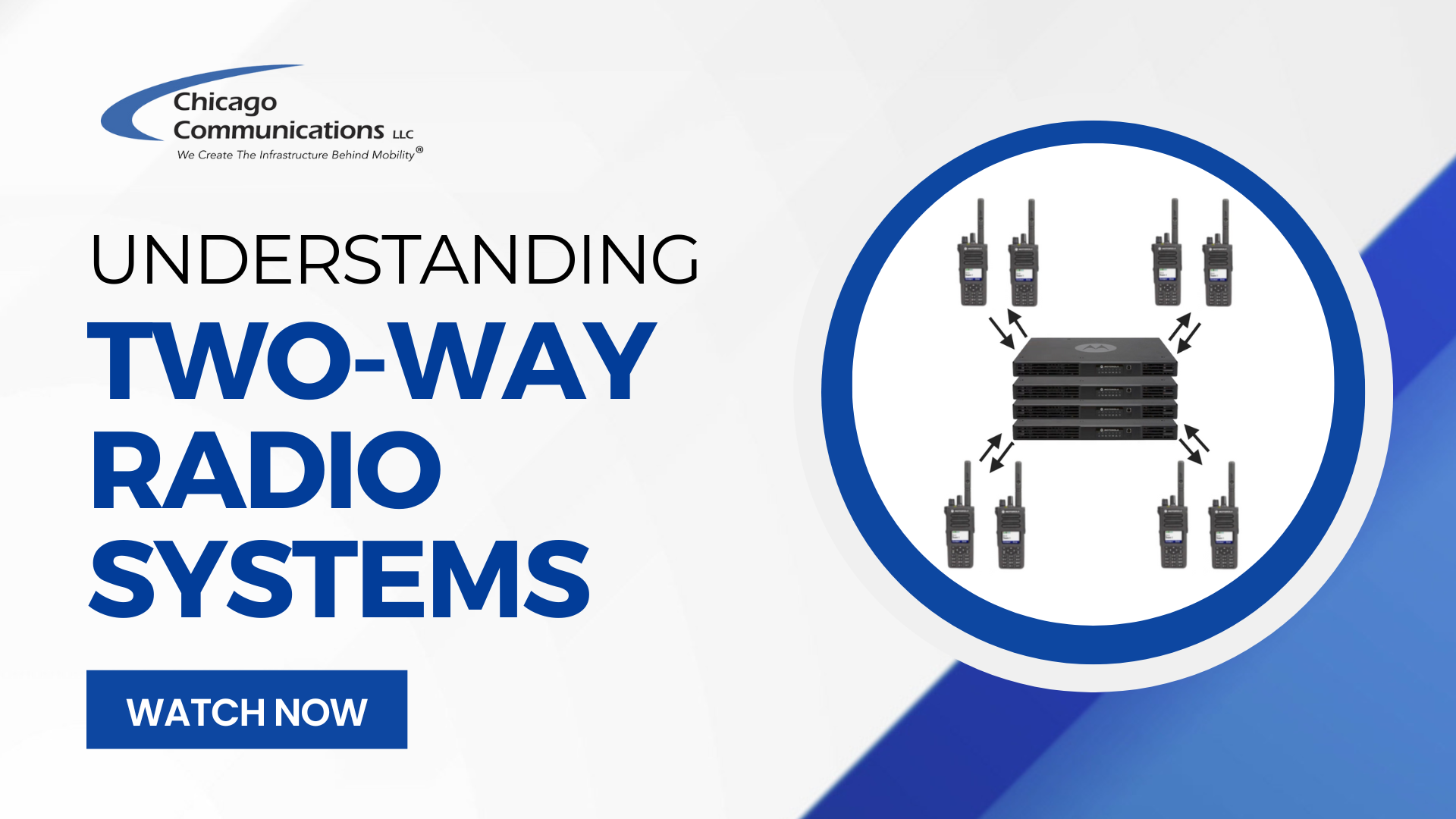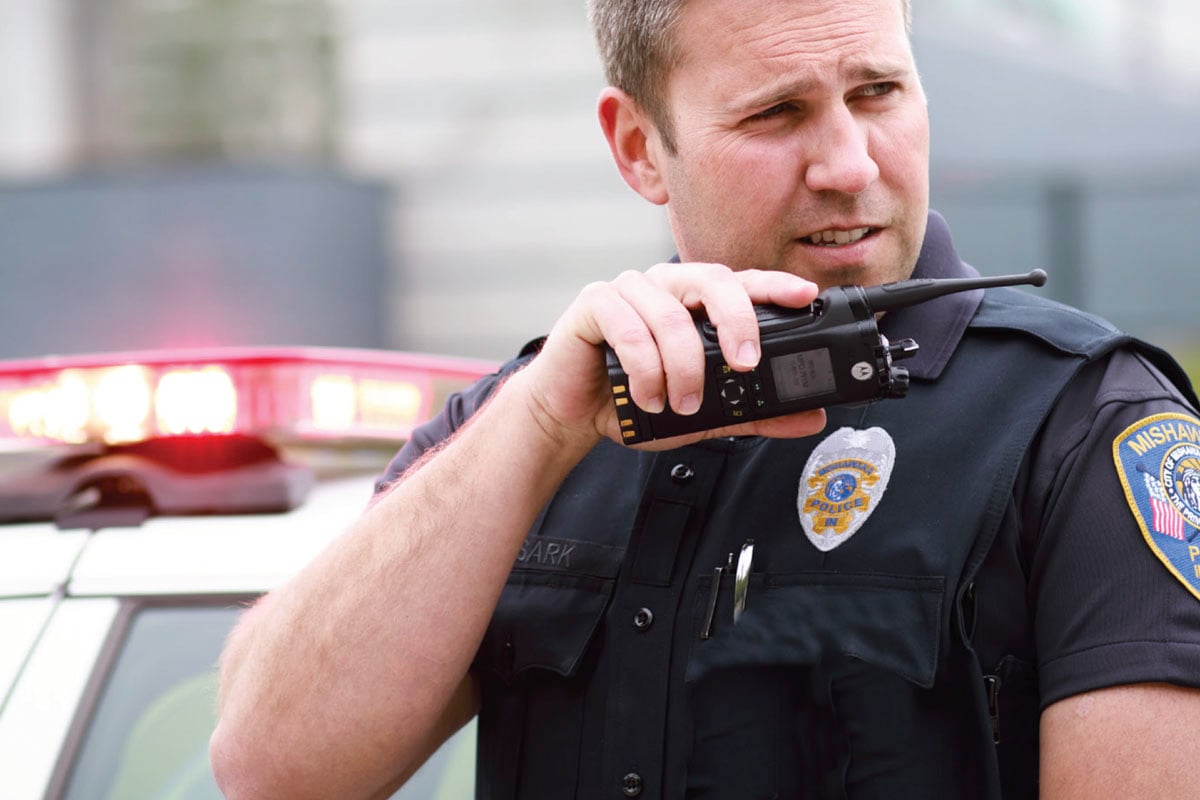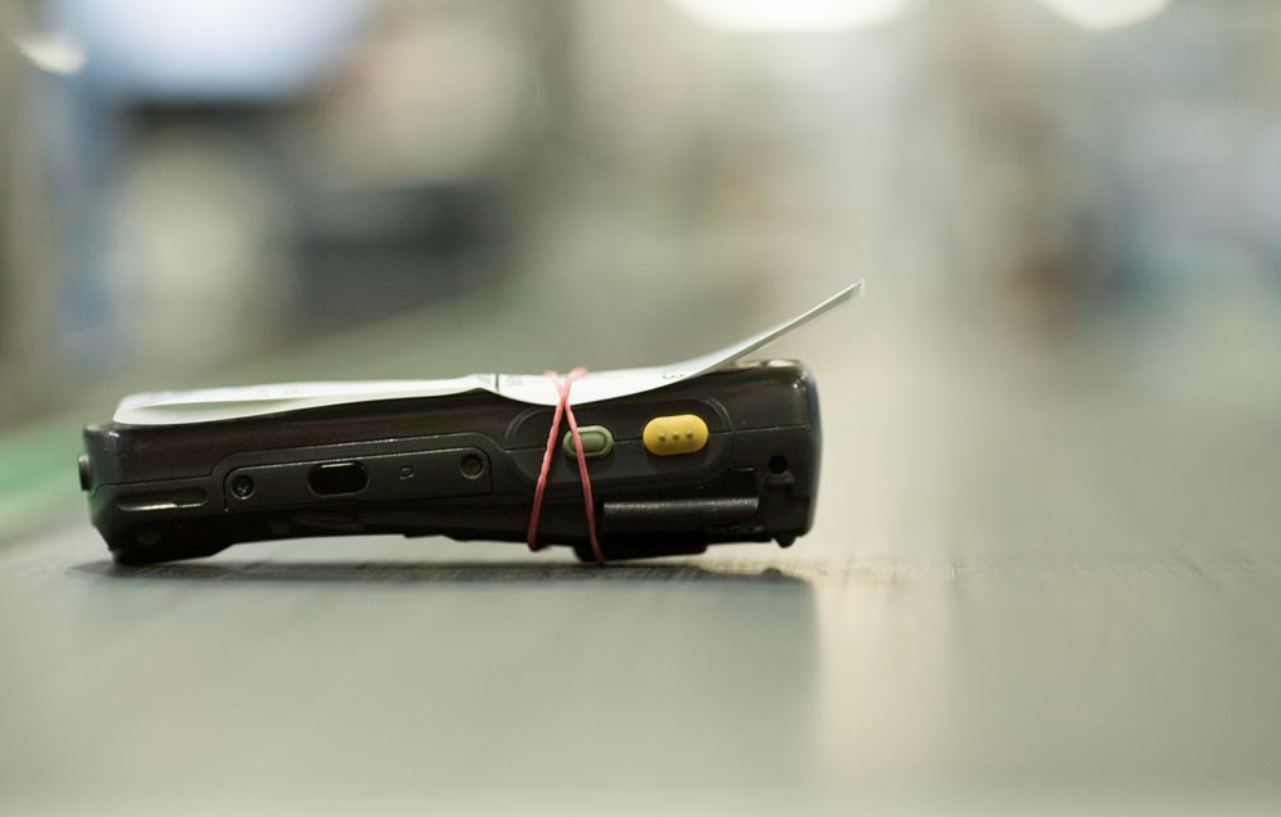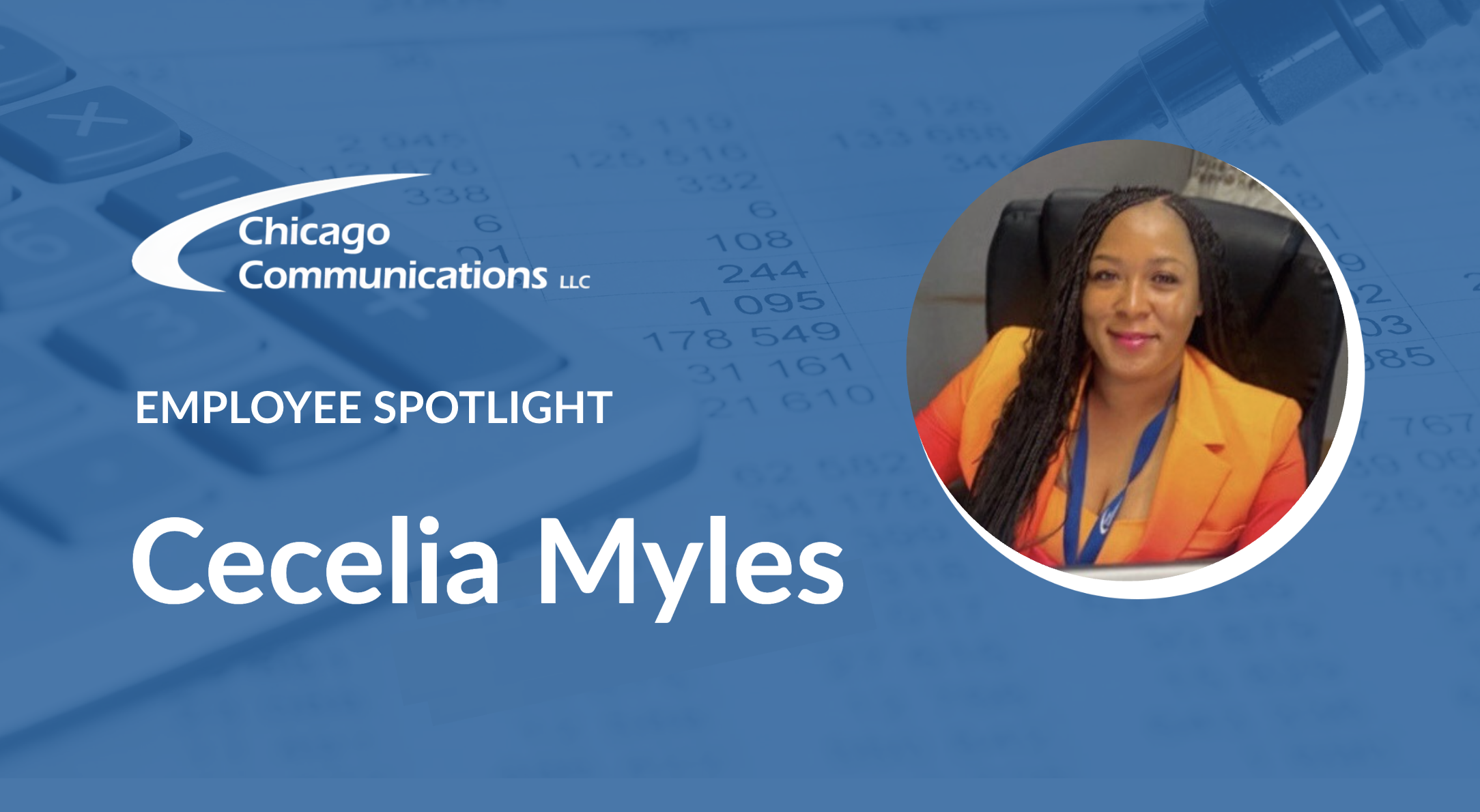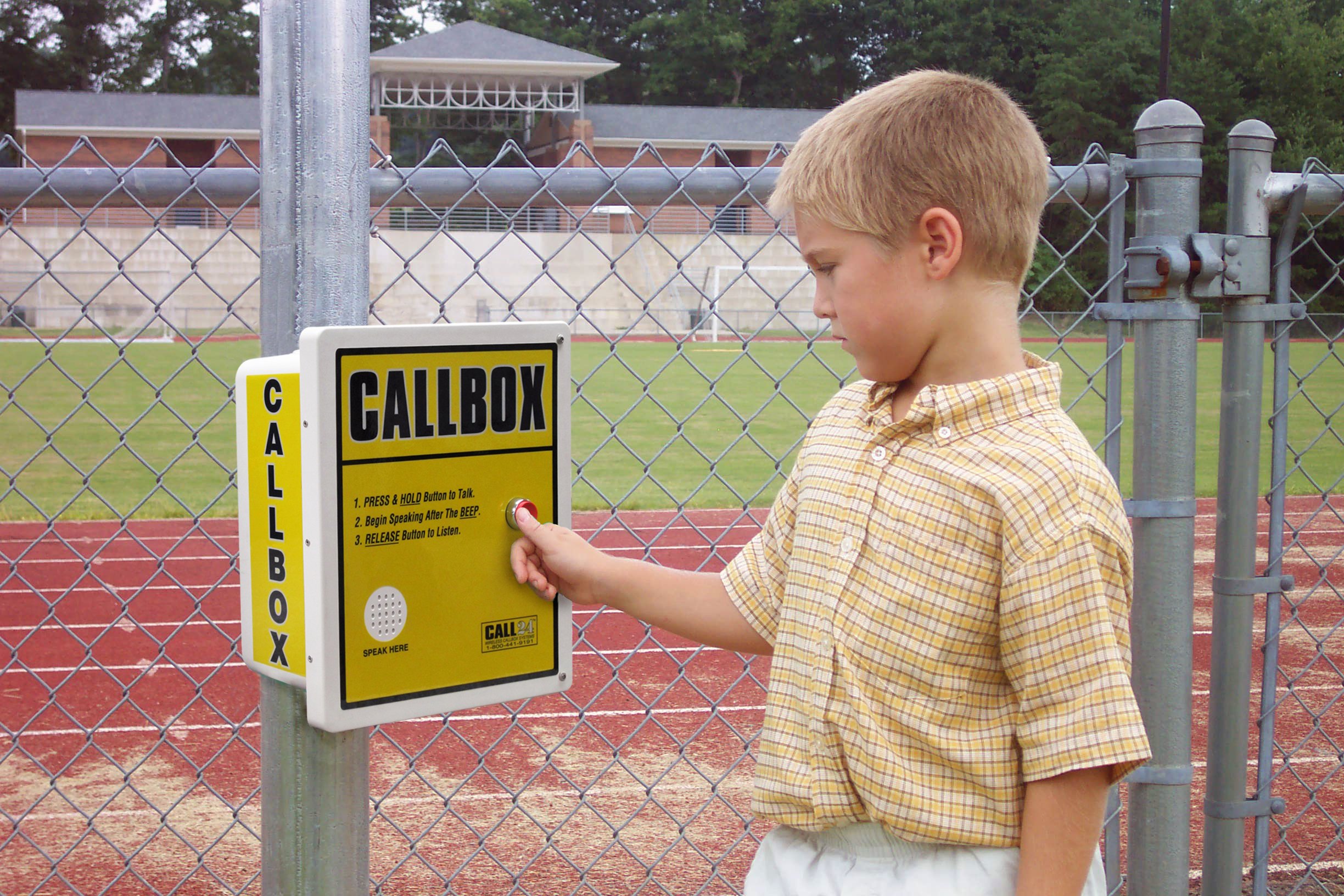Chicago Communications is proud to share that Chris Young, System Integrator based out of our Elmhurst, Illinois office, has been named 2025 Technician of the Year by the Illinois Chapter of APCO.
Chris received the award at this year’s Illinois Public Safety Telecommunications Association (IPSTA) Conference, co-sponsored by Illinois APCO and the Illinois NENA (INENA) chapter. The honor reflects his technical skill, leadership, and long-standing commitment to public safety communications across the region.

